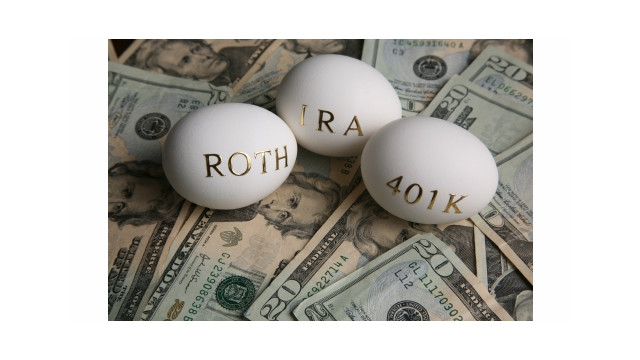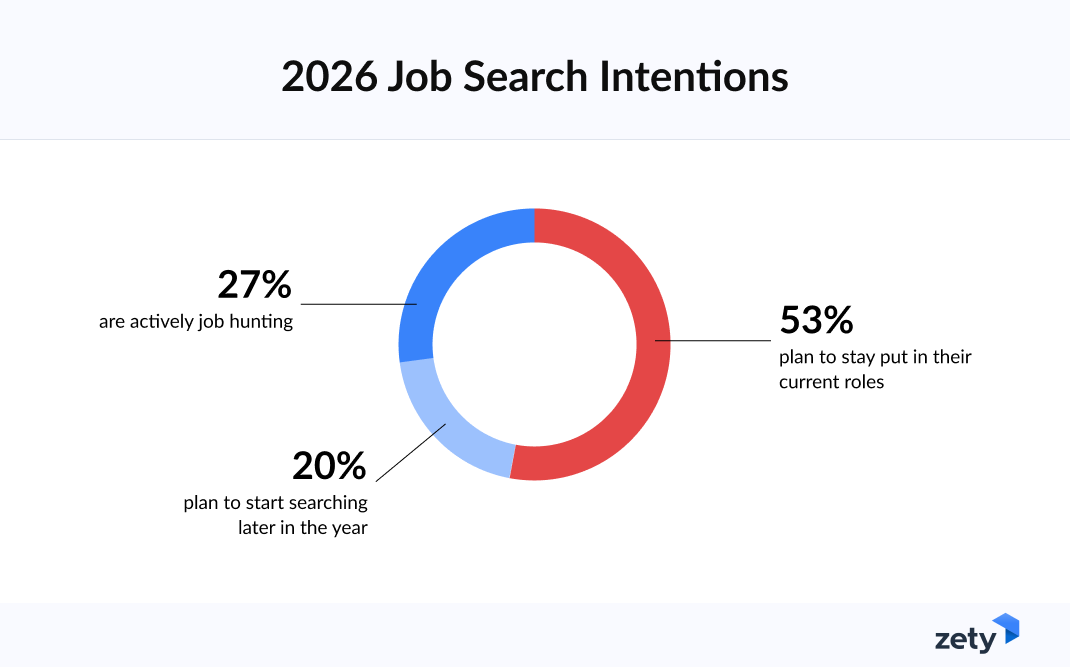If a proposal supported by Democratic presidential candidate Joe Biden eventually makes its way into the law, it will change the way that 401(k) contributions are treated for tax purposes. In effect, it would create an annual tax credit. The proposal is designed to favor low-to-moderate income employees.
First, here’s some background information. Under the existing setup, the contributions to a 401(k) plan are made on a pre-tax basis within generous limits. In other words, the money comes out of your paycheck before income tax is applied. Then the contributions can grow inside your 401(k) account without any current tax until withdrawals are made.
For 2020, the annual limit for 401(k) contributions is $19,500. If you’re age 50 or over, the limit is bumped by $6,500, for a total of $26,000.
Thus, the tax benefit you receive from making contributions to a 401(k) plan depends on your tax bracket. The higher your bracket, the more tax savings you receive.
Let’s look at a simplified example. Suppose you’re a single filer earning $100,000 a year. That puts you in the 24% tax bracket in 2020. If you contribute 10% of your salary to your 401(k)—which comes to $10,000— you essentially save $2,400 in taxes.
Now compare the results if you are a single filer earning $40,000 a year. For 2020, you’re at the top of the 12% tax bracket. If you contribute the same 10% of your salary to a 401(k)—or $4,000—you save only $480 in tax.
Biden’s proposal is designed to equalize benefits across the income levels through a tax credit. Although the details are still somewhat hazy, Biden’s camp says that low- and middle-income workers would get a comparable tax break to high-bracket earners.
Policy analysts have stated that taxpayers would save roughly the same 20.5% in tax on their contributions to their 401(k)s. This works out to close to $4,000 for a 45-year-old making the maximum annual contribution. It’s not yet clear if the credit would be refundable (i.e., it is still available if you’re getting a refund). If it is refundable, that’s the icing on the cake for low-income taxpayers.
If you’re in a high tax bracket, such a change could drive you into a Roth IRA as an alternative. With a Roth IRA, you can sock away money that will eventually be paid out without any tax. But the tax law currently limits the availability of Roth IRA contributions for high-income taxpayers. Those individuals may use a “back-door strategy” where they make contributions to a traditional IRA and then convert to a Roth.
We will continue to keep on eye out for tax proposals by both Biden and Republican President Trump. At this writing, Trump has not provided an overall plan.
Thanks for reading CPA Practice Advisor!
Subscribe Already registered? Log In
Need more information? Read the FAQs
Tags: Benefits




